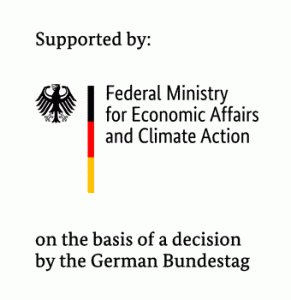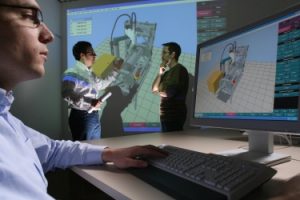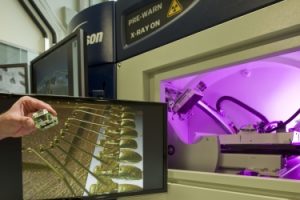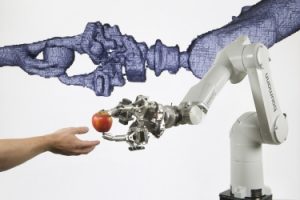Project description
The printing of conductive structures up to electronic assemblies has recently established itself as an alternative to conventional photolithographic processes, experiencing high growth qualitatively in terms of new use cases and quantitatively in terms of the production volume in a number of very different industries such as automotive engineering, medical technology, telecommunications technology or aerospace. The printing techniques used for the production of MID assemblies, such as the inkjet printing process, are based on the processing of low-viscosity inks such as diluted polymer solutions, dispersions of precursor particles or dispersions of directly conductive nanoparticles, mostly silver or gold, without additional binders. In all cases, thermal post-treatment of the printed conductive structure in the form of annealing at a certain temperature for a certain annealing time is required.
In the past, two main technological approaches for sintering printed particle structures have been pursued, being sintering based on a conventional heating process and laser sintering. Sintering via conventional heating is based on the known mechanisms of heat transfer (thermal radiation and conduction as well as convection). Since the required sintering temperatures are typically in the range of 150°C…250°C and comparatively long sintering times of typically 60 min are required, this sintering process is unsuitable for fast industrial production processes and, moreover, imposes considerable thermal stress on the substrate materials used. In particular, the amount of substrate materials that can be used in this conventional sintering process is limited to those whose melting or glass transition temperature is above the sintering temperature.
Thus, there is a need for a fast, easy-to-use, and cost-effective sintering technique that also selectively heats the printed conductive structures, unlike conventional sintering. These requirements are met by sintering using microwaves.









